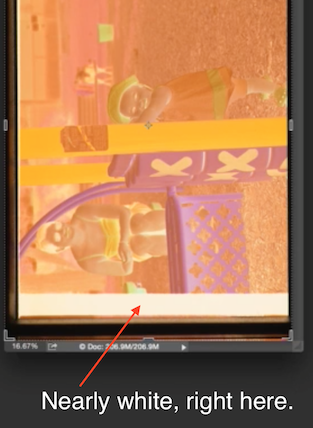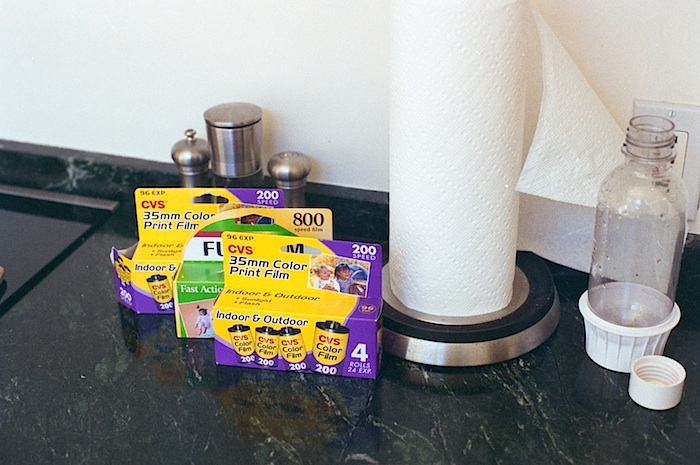This is a tricky question, and has been from the dawn of photography.
My take: No photograph is a true measure of the light values of the scene. Produced by the scene, but not a straight measure of the scene. B&W has a curve (with a toe and a knee). Color is much more complicated, our photo-gear produces good color because of good engineering. Films have personality, so does a DSLR (often with options for rendering style). It's not just a clean measurement of the scene.
Are the colors in your photo accurate? No, they aren't. They've been massaged by a process or a response curve or both. So to an extent, I'll agree, who cares if it's theoretically accurate?
The important question to me is: Do the colors in your photo deliver on your photographic (artistic) intent? Obviously, when trying for a realistic rendering, if the colors are "off" that won't be an effective photo. Of course, colors that are really "off" can produce an intentional non-realistic rendering that works.
The scans by @edge100 look pretty good to me. Good resolution, sharp, realistic renderings, and none of the color or tonality looks "off."
I do suspect there are color theory violations when we use white balance to correct for the film base, use an imperfect light source, and just invert the data (which has been gamma encoded). And, we aren't doing specific calibrations for each film stock. I suspect a shot of a ColorChecker might not be "accurate." I suspect that if we were shooting for a catalog or archival shots for a museum, we would have a better chance getting accurate product colors with a major brand DSLR than by using this process on C-41 film. Mini-labs had good engineering for producing color that customers would accept. Shooting a negative with a DSLR doesn't have the benefit of that engineering.
I believe the people at ColorNeg have addressed these theory questions with considerable skill, but they disclaim using their product with DSLR pseudo-scans, only with "flat" scanner scans. I would love to see a software product which would use their math on DSLR pseudo-scans.
I've experimented with a process pretty much like yours. Here's sample, not too bad, but not perfect, and it didn't take much work.



